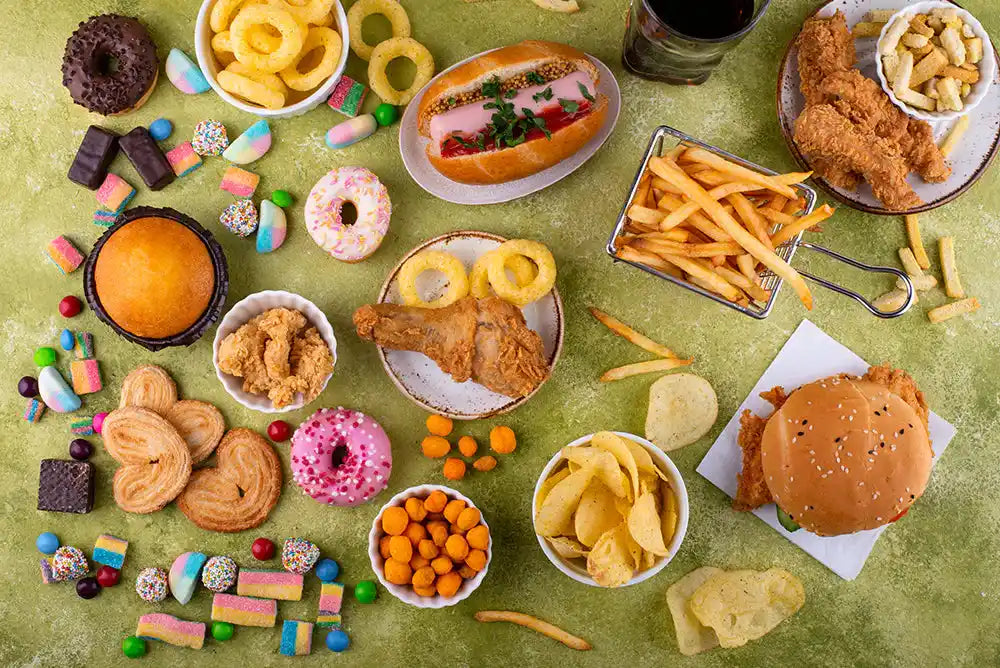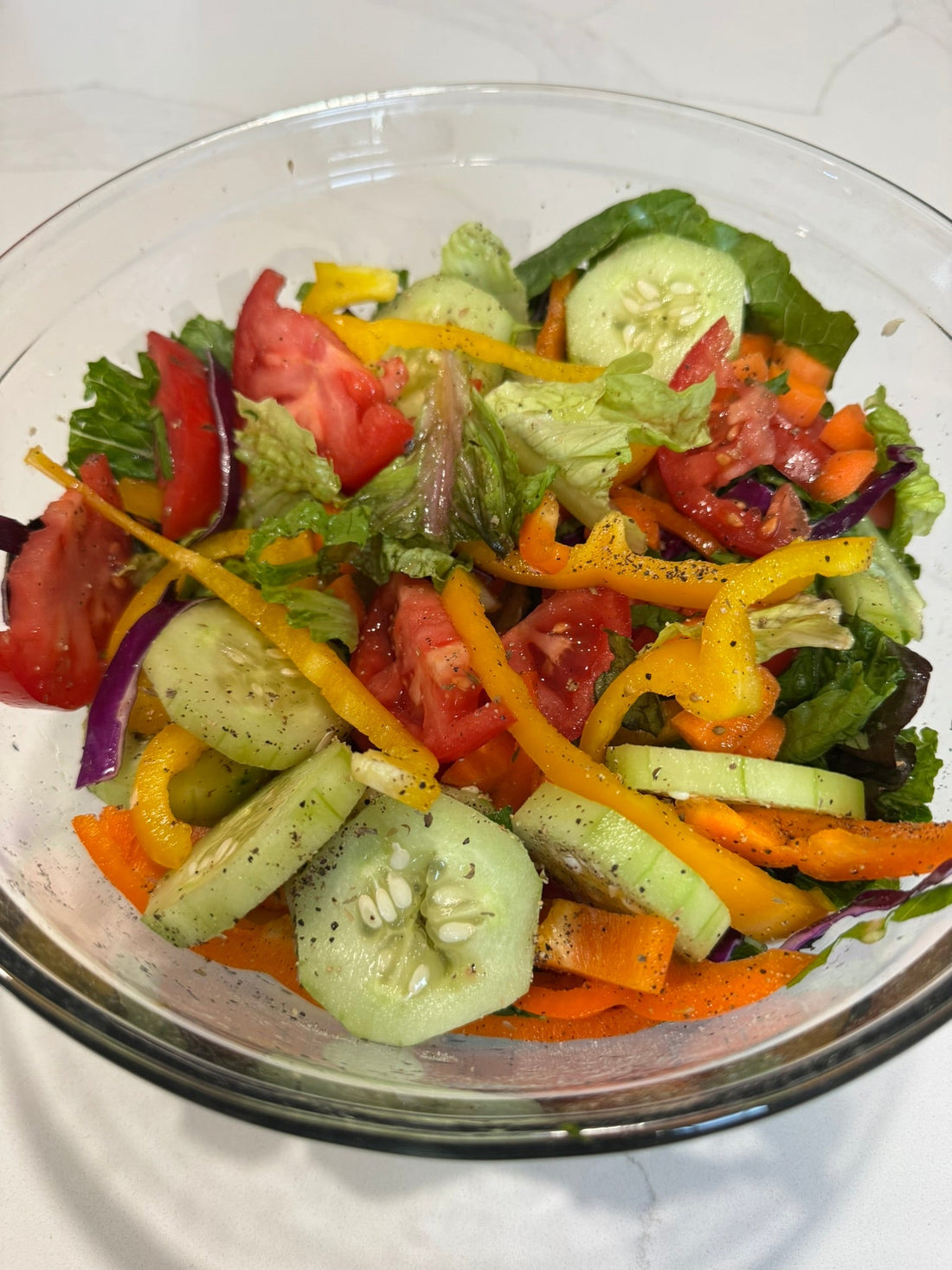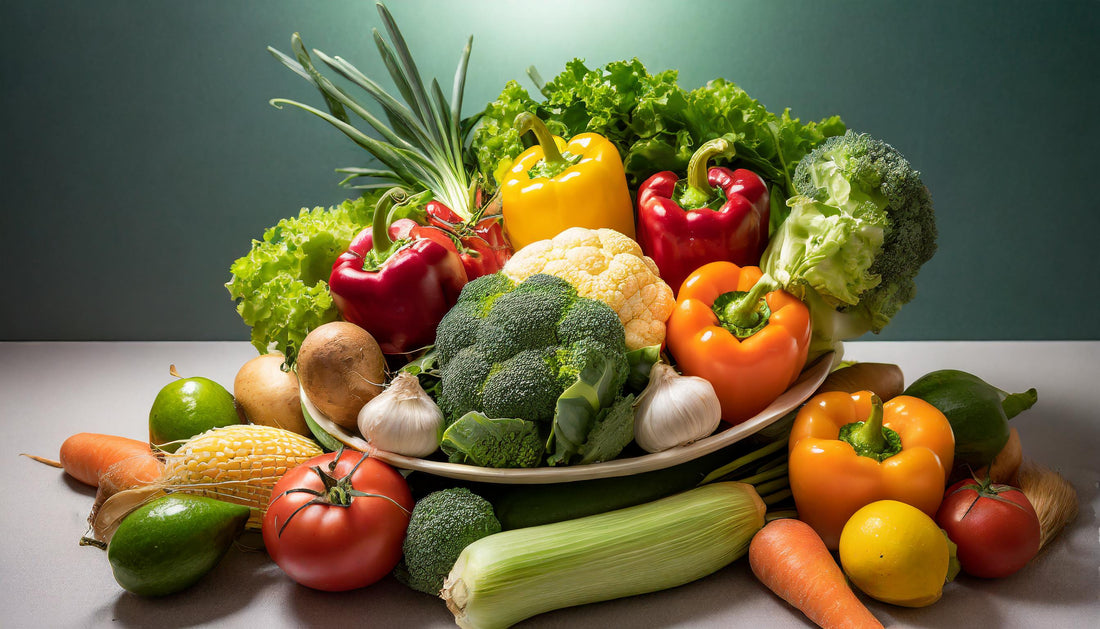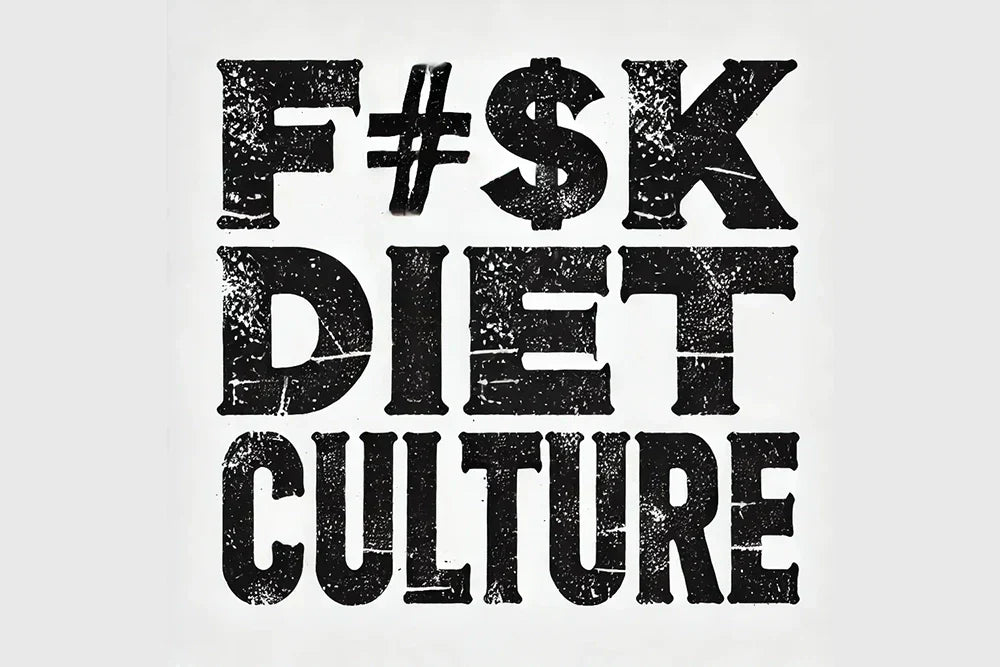We hear the term “ultraprocessed foods” all the time… but less so “hyperpalatable foods.” Ultraprocessed foods are the ones that our parents and grandparents ate infrequently (because they were less available and people focused more on whole foods) such as chips, pre-made desserts, and soda. Now, ultraprocessed foods are basically inescapable, even though they are inherently unhealthy. So what role do hyperpalatable foods play in the typical diet today? Let’s take a deep dive into the what and why behind hyperpalatability and hyperpalatable foods - and why it matters so much when it comes to health and wellbeing.
What is Hyperpalatability?
Hyperpalatability refers to the design and engineering of foods to be extremely appealing and satisfying to the taste buds. These foods often have combinations of sugar, fat, salt, and other flavor enhancers that make them exceptionally enjoyable to eat. While eating hyperpalatable foods, you may trigger your brain’s reward system in a way that makes you want to eat more. Think about sitting down with a bag of flavored chips… the hyperpalatability of the combination of flavors and fats can cause you to overeat, because your brain wants more even if your stomach says it’s full. According to the National Institutes of Health (NIH), hyperpalatable foods are not rare, but rather a “substantial percentage of foods in the US food system may be hyper-palatable, including foods not previously conceptualized as hyper-palatable.”
Why does this matter? The abundance of hyperpalatable foods is linked to overeating, overweight, and a host of health concerns. Plus, they are seemingly everywhere, even places that should be offering healthy foods (two glaring examples: hospital cafeterias and social media). This can lend a sense of acceptance to eating a hyperpalatability focused diet, which, while not a typical "diet culture" way of eating, can be unhealthy.
By understanding what these foods are, and why we crave them, we can help to end the cycle of eating foods that are way less healthy than the traditional “whole foods from the earth” type of eating.
Characteristics of Hyperpalatable Foods
Hyperpalatable foods are typically characterized by flavoring that our brain enjoys coupled with unhealthy aspects that our body does not. These include:
- High Levels of Sugar, Fat, and Salt: These ingredients are combined in ways that maximize taste and sensory pleasure in the brain, but ultimately are not part of a healthful diet.
- Enhanced Flavors and Textures: Additives and processing techniques enhance the texture and flavor profile of foods, making them more appealing (aka you crave it).
- High Caloric Density: These foods often contain more calories per serving than less processed foods.
- Low Nutritional Value: Despite being high in calories, they usually offer little in terms of vitamins, minerals, and other essential nutrients.
Big Food has learned how to “Frankenstein” these four characteristics into ONE snack item, so we get the sensory hits all at once. When you regard foods this way, it’s no wonder obesity rates have skrocketed over the past decades.
Back in the day, you would have to eat a full plate of food to replicate the sensory pleasures and calories/fats that a small serving of hyperpalatable foods offer. A typical American meal of the past would be veggies, starch and meat, prepared with natural seasonings. Now, your brain derives the same pleasure - but WITHOUT the feeling of being full - from a bag of flavored chips… and you still want more even when your stomach is full.
Examples of Hyperpalatable Foods
The below are just a few examples of hyperpalatable foods; it is not likely to surprise you at this point. An easy way to group these is to think about foods with multiple ingredients that are pre-packaged - the ease of consumption is just another reason hyperpalatability is so common.
- Fast Food: Burgers, fries, and fried chicken
- Snack Foods: Chips, crackers, and pretzels
- Sweets: Candy, cookies, and pastries
- Beverages: Sugary sodas and energy drinks
Two Reasons Hyperpalatability Can Be Problematic
Why should you worry about eating hyperpalatable foods? Consider the following - both are linked to a hyperpalatable-based diet.
1. Overeating and Weight Gain
Hyperpalatable foods are designed to be hard to resist, leading to overeating. The combination of sugar, fat, and salt can trigger the brain's reward system, making it difficult to stop eating even when full. This can contribute to excessive calorie intake and, over time, weight gain and obesity.
2. Health Issues
Regular consumption of hyperpalatable foods is linked to various health problems, including metabolic syndrome (high blood pressure, high blood sugar, and abnormal cholesterol levels); type 2 diabetes and heart disease; and digestive problems. It can also lead to addiction-like behavior due including compulsive eating, as well as nutritional deficiencies which can negatively affect overall health, immunity, and energy levels.
Ways To Manage Your Intake of Hyperpalatable Foods
Luckily, there are ways to minimize your consumption of hyperpalatable foods. Doing so will only improve your overall health and diet; if you have a family or are a caregiver, you will be positively influencing the health and eating habits of them, as well.
Understanding what hyperpalatable foods are and their impact on health is the first step - one you have already taken. Now translate this to reading food labels and recognizing high levels of sugar, fat, and salt. The U.S. Food and Drug Administration has a simple Food Label primer that individuals and families can use.
Practice intuitive eating by paying attention to hunger and fullness cues. Avoid eating out of boredom or stress and savor each bite, focusing on the taste and texture of the food. If you crave a hyperpalatable snack, pour a little into a bowl, eat slowly, and as you go along, pause and ask yourself if your brain or your body wants more.
To us, this is one of the most important steps. Replacing hyperpalatable foods with healthier alternatives is the simplest way to nourish your body with foods that taste delicious and fill you up. It’s the stuff we heard as a kid: Eat your veggies! Finish that banana!
Aim for a balanced diet rich in whole, minimally processed foods. Try to incorporate a veggie into every meal, and fruits into most (or as a snack). Look up recipes that use lean proteins and healthy fats. Make it a fun goal to eat healthier, and soon it will simply be part of your lifestyle.
Keep hyperpalatable foods out of the house or in limited quantities to reduce temptation. When shopping, stick to the perimeter of the grocery store where fresh produce, meats, and dairy are typically located. And consider making your own snacks - that way you control the ingredients.
At the end of the day, treating yourself is part of life - you should be able to enjoy nachos at the ballpark, or a pastry at brunch. But studies show that hyperpalatable foods as a consistent part of your diet pose significant health risks. Prioritizing whole, nutrient-dense foods and practicing intuitive eating can help you manage the allure of hyperpalatable foods and maintain better overall health.
References:
- National Institutes of Health (NIH), Nov. 2019: https://pubmed.ncbi.nlm.nih.gov/31689013/
- Sentient Media, Jan. 2022: https://sentientmedia.org/big-food/
- USAFACTS.org, March 2023: https://usafacts.org/articles/obesity-rate-nearly-triples-united-states-over-last-50-years/
- Healthline, Feb. 2024: https://www.healthline.com/health-news/eating-ultra-processed-foods-linked-to-32-health-issues-like-heart-disease





